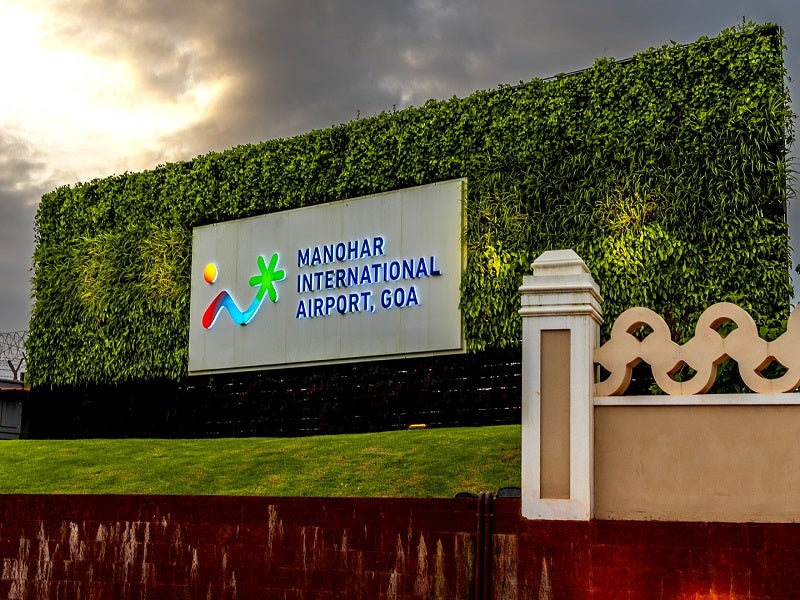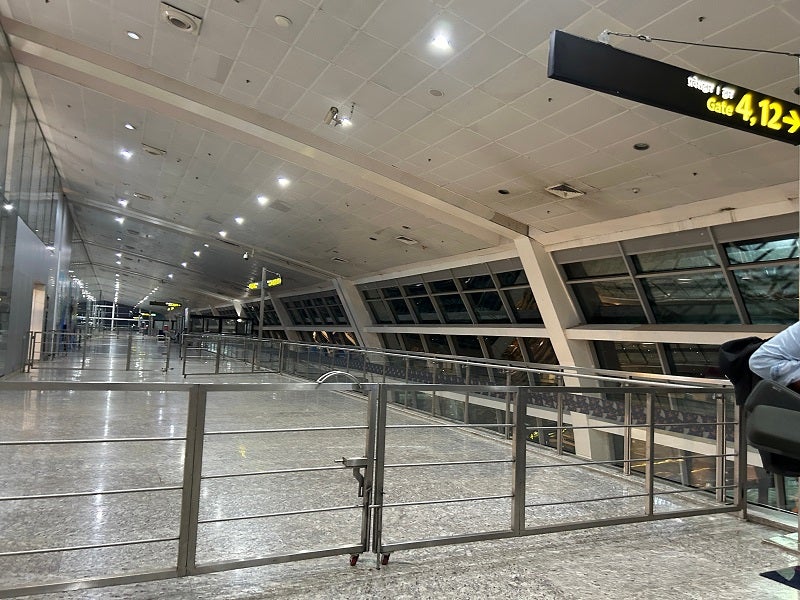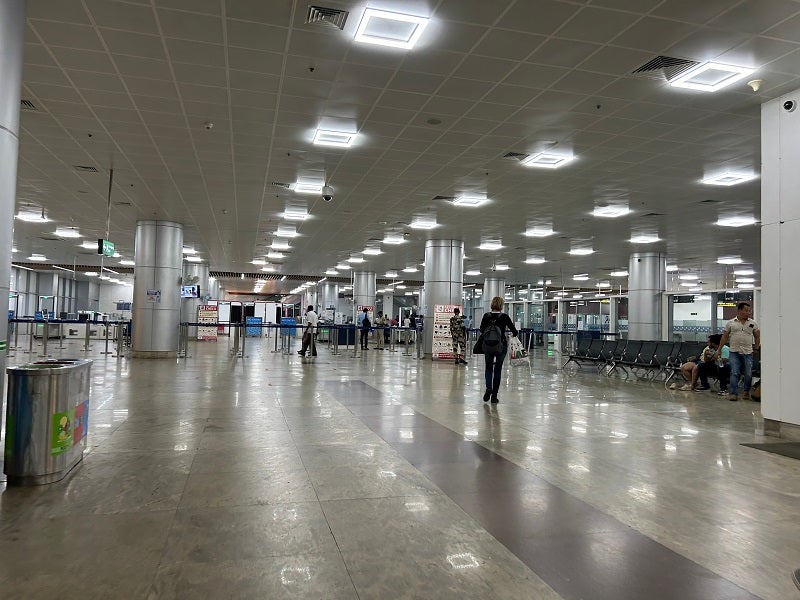Mopa (Manohar) International Airport is a greenfield airport constructed in Goa, India.
The airport was developed by the Government of Goa and GMR Goa International Airport Limited (GGIAL) under a public-private partnership (PPP) in four phases with an investment of $380m.
The first phase is designed to accommodate approximately 4.4 million passengers a year. The passenger handling capacity will be gradually increased to 5.8 million in the second phase and then to 9.4 million in the third phase.
The airport will be able to handle 13.1 million passengers a year upon completion of the fourth and final phase by 2045.
The project received approval from the state government in May 2014 while the foundation stone for the construction was laid in November 2016.
The first phase of the airport commenced operations in January 2023.
Location of Mopa International Airport
The airport is located in the northern part of Goa, approximately 35km away from the capital city of Panaji.
It has the potential to act as a hub for logistics, connecting many domestic and cross-border destinations directly.
The airport enhances Goa’s international connectivity and provides direct connectivity to multiple cities across India, thus increasing tourism and economic growth in the state.
Goa is currently served by Dabolim International Airport, which can handle four million passengers a year. Dabolim Airport shares its facilities with the Indian Navy, which restricts the hours of commercial operations leading to airside congestion during peak hours.
The new airport relieves the burden on the existing airport while meeting the growing domestic and international passenger demand.
Mopa International Airport development details
The Mopa International Airport covers an area of 2,132 acres (862.7ha). The phased development of the airport involves the continuous expansion of the terminal, commercial and cargo aprons, taxiways, and aviation facilities.
The airport features a single international terminal building, which extends over an area of 700,000ft² (65,032m²) and offers the capacity to process approximately 1,000 inbound and outbound passengers an hour during peak hours.
The terminal is designed as a simple structure resembling local architecture and Indian craft and uses Azulejos, a type of tile native to the state of Goa. It also has a dedicated area for a special flea market where artisans and crafters will be able to exhibit and sell their products. The food court also has the ambience of a traditional Goan cafe.
Some of the airport’s features include 14 parking bays, night parking for aircraft, self-baggage drop facilities and independent air navigation infrastructure.
Airside facilities of Mopa International Airport
The airport features a single runway (09/27), which is 3,750m-long and 60m wide. The runway is designed with the capacity to accommodate a Boeing 777-200.
The runway has two rapid exit ways interconnected with a 3,750m-long and 25m-wide taxiway. The air traffic control (ATC) tower is built adjacent to the cargo area.
The phase one development included the construction of a commercial aircraft parking apron with an area of 114,000m². The apron is equipped with remote aircraft stands, service roads and aircraft maintenance technical kits.
The cargo apron is built with the capacity to hold a freighter aircraft and is served by ramp vehicles to quickly unload the cargo. Two hangars are built across a 2,500m² area for general aviation purposes.
Sustainability features
The airport is designed with sustainable infrastructure, including a solar power station, eco-friendly buildings, LED lighting on the runways, rainwater collection, and a modern sewage plant with recycling features.
Technology details at Mopa International Airport
Mopa International Airport has deployed some of the industry’s leading technologies such as 3D monolithic precast buildings, StabilRoad, robomatic hollow precast walls and 5G-compliant IT infrastructure.
Additionally, the airport is also installed with an intelligent tray retrieval system (ITRS), a fully automated machine that uses AI to help provide better passenger security with cutting-edge screening technologies.
Development financing
GGIAL signed an agreement with Axis Bank for a long-term debt facility worth approximately $20m to fund the construction of the airport in July 2017.
GMR Airports and the National Investment and Infrastructure Fund (NIIF) announced a financial partnership to invest in the equity capital of three airport projects in December 2023. This included a $76.64m investment in Mopa International Airport.
Contractors involved
GGIAL was awarded the 40-year design, build, finance, operate and transfer (DBFOT) contract for the airport in August 2016. The company is a subsidiary of GMR Infrastructure. The agreement also includes an option to extend the period for an additional 20 years.
Megawide Construction was selected as the pre-qualified contractor for the airport project, in August 2017. The scope of work involved engineering, procurement and construction (EPC) services for cargo facilities, passenger terminal, ATC and associated buildings.
The Mopa Airport is designed by Norwegian architectural company Nordic Office of Architecture.
SJK Innovations provided a virtual ITRS for enhanced passenger security.






